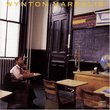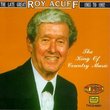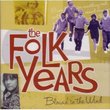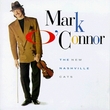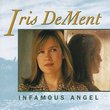| All Artists: Various Artists Title: Klezmer Music: Early Yiddish Instrumental Music: The First Recordings: 1908-1927, From the Collection of Dr. Martin Schwartz Members Wishing: 3 Total Copies: 0 Label: Arhoolie / Polklyric Release Date: 12/21/1997 Genres: Folk, International Music, Pop Style: Jewish & Yiddish Number of Discs: 1 SwapaCD Credits: 1 UPC: 096297703427 |
Search - Various Artists :: Klezmer Music: Early Yiddish Instrumental Music: The First Recordings: 1908-1927, From the Collection of Dr. Martin Schwartz
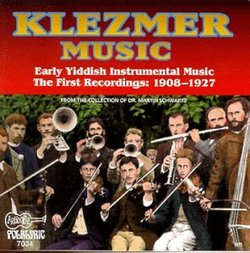 | Various Artists Klezmer Music: Early Yiddish Instrumental Music: The First Recordings: 1908-1927, From the Collection of Dr. Martin Schwartz Genres: Folk, International Music, Pop
Since the dawn of the 78 record, the instrumental Yiddish folk music known as klezmer has seen its ups and downs. But thankfully, like the entire Jewish culture that fostered it, klezmer has persevered and along the way in... more » |
Larger Image |
CD DetailsSynopsis
Amazon.com Since the dawn of the 78 record, the instrumental Yiddish folk music known as klezmer has seen its ups and downs. But thankfully, like the entire Jewish culture that fostered it, klezmer has persevered and along the way influenced how some of us hear jazz, bluegrass, even comedy. Ignore the scratches and pops of the 78s, and you will hear why klezmer is a timeless yet progressive music, built upon improvisation. For its sheer diversity, this collection of early recorded klezmer--taken from the vast music library of Dr. Martin Schwartz--has no rivals. On the opening cut from 1923, Jacob Hoffman plays a furious xylophone solo; on 1916's "Yiddisch Chusedel," Max Leibowitz plays the fiddle backed only by the rock-steady rhythm of a piano; and Joseph Solinksi brings a thoroughly haunting violin solo to "Rumanische Fantasien (Part 1)" that doesn't sound at all like it came from 1911. Klezmer greats get their due props, too: tracks by Dave Tarras, Naftule Brandwein, and a handful of Abe Schwartz compositions give the compilation its backbone. As with most good klezmer tunes, there's joy to be found in this music, and sadness, too; but on this set, variety reigns supreme and steals the show. Absolutely essential for klezmer enthusiasts. --Jason Verlinde Similarly Requested CDs
|
CD ReviewsExcellent Source Recording Stephen Saxon | Northern California | 07/25/2000 (5 out of 5 stars) "This is a definite must if you want to learn klezmer from the old school (78's). This is the stuff most modern klezmer players go to in order to find material and learn how to play it authentically. There are also some really cool solos and players here." Catchy and Heartfelt Music K. Pinson | Boston, MA United States | 10/18/2007 (5 out of 5 stars) "Many times I have purchased historical recordings of music to be disappointed with the educational but unlistenable species of ethnomusicology that thrived in old recordings. This, however, is a gem. There are many tunes here that will stay in your head and make you want to hum. The recordings are a little fuzzy due to their age, but the mastery of the musicians make it more than bearable. Abe Schwartz is the mensch!" The Real Megillah E. Beraru | Lynchburg, VA USA | 02/22/2007 (5 out of 5 stars) "If you fell in love with klezmer in the 1970's and 1980's, listen to these original recordings that inspired the revival bands. They have done a good job of cleaning up the scratches of old 78's without leaving a hollow sound."
|

 Track Listings (24) - Disc #1
Track Listings (24) - Disc #1
